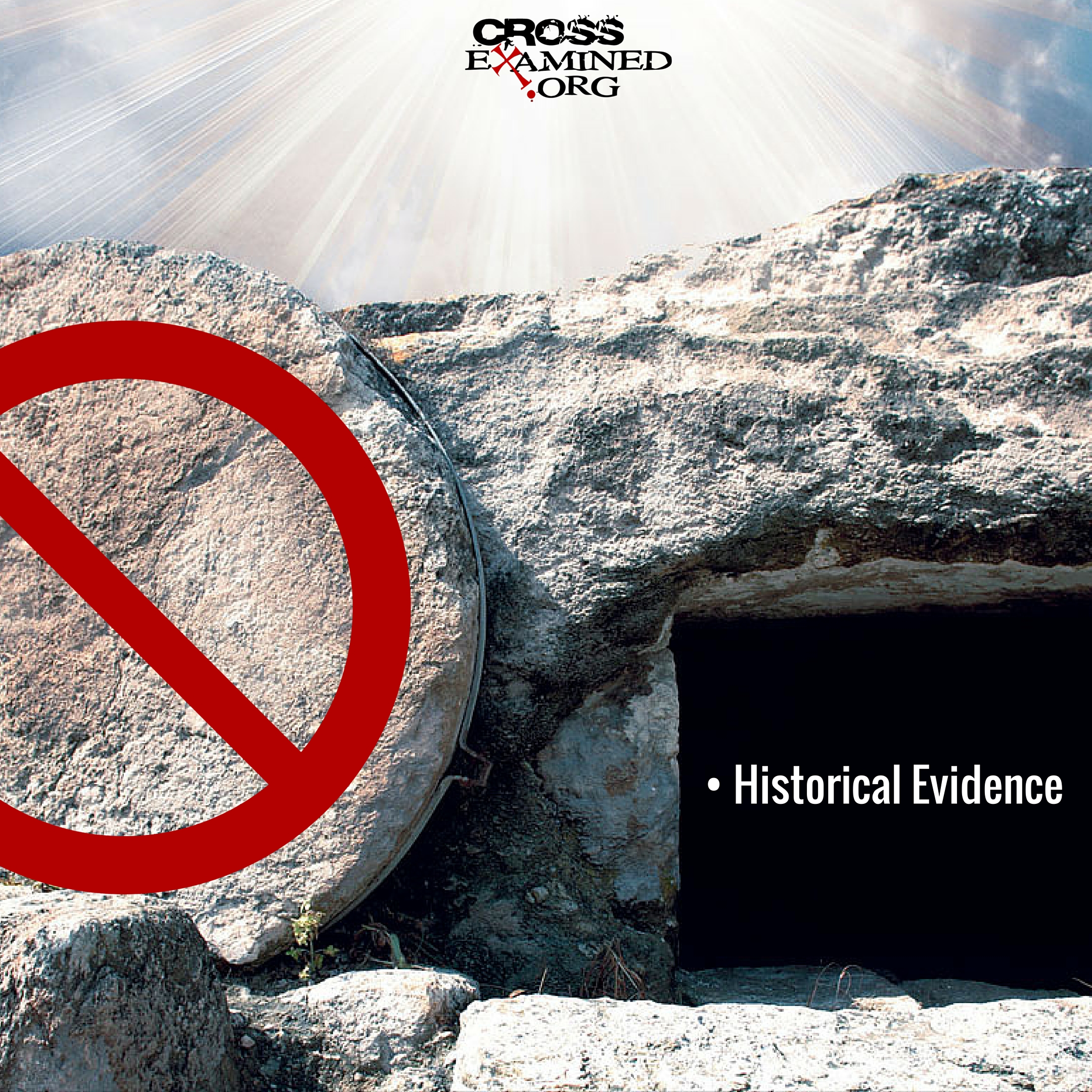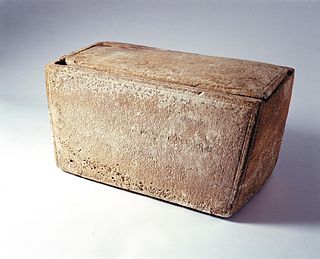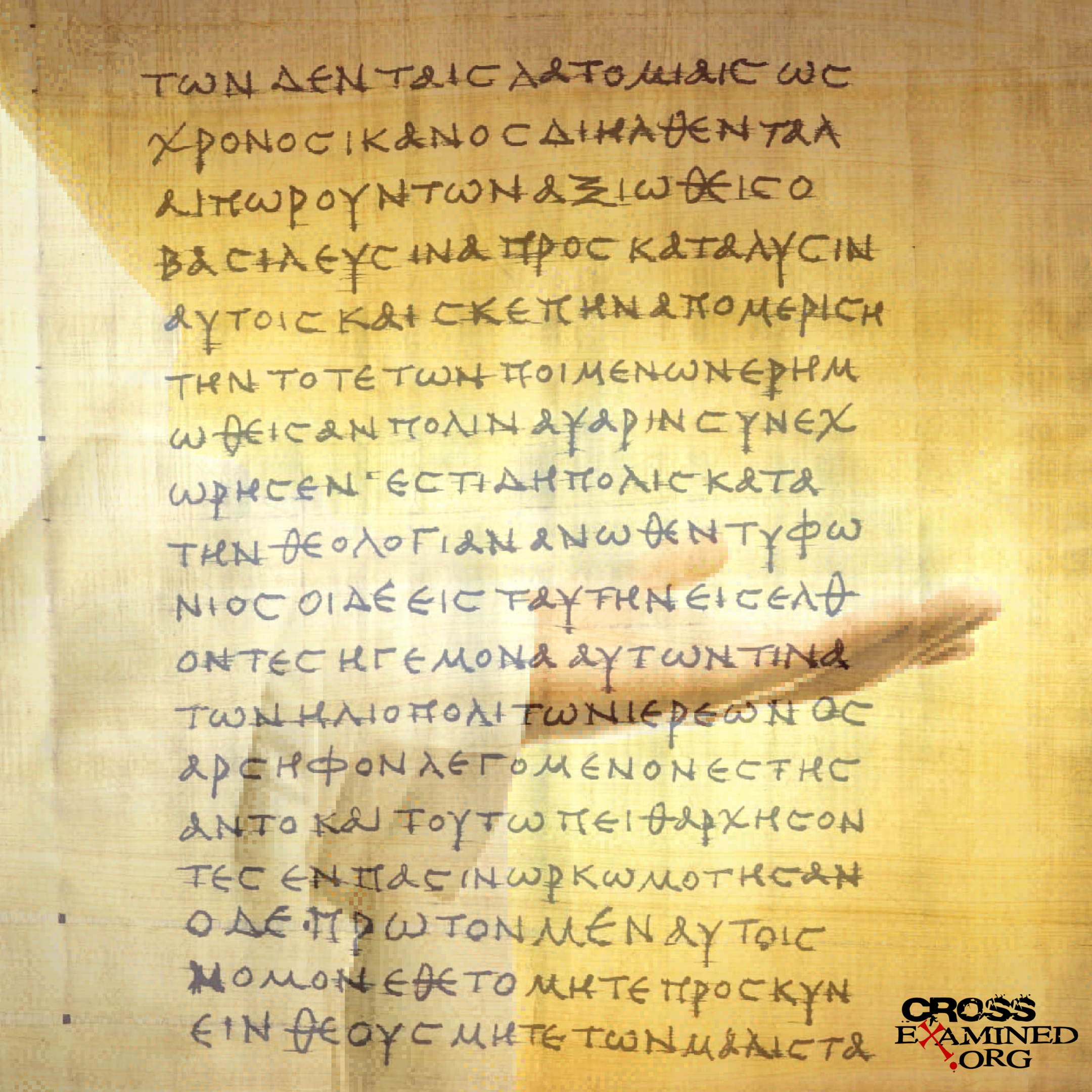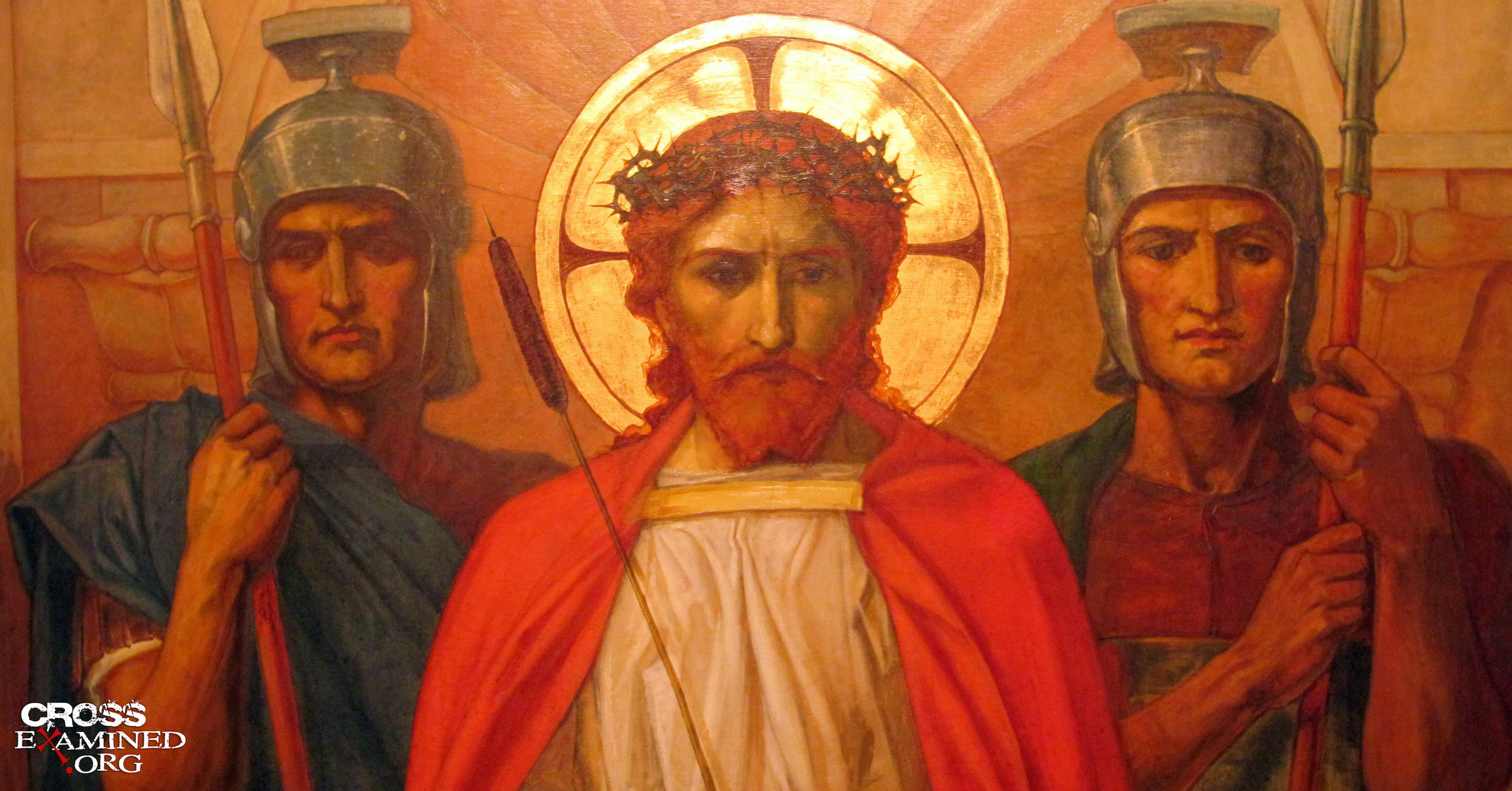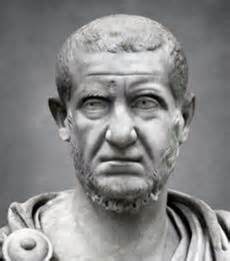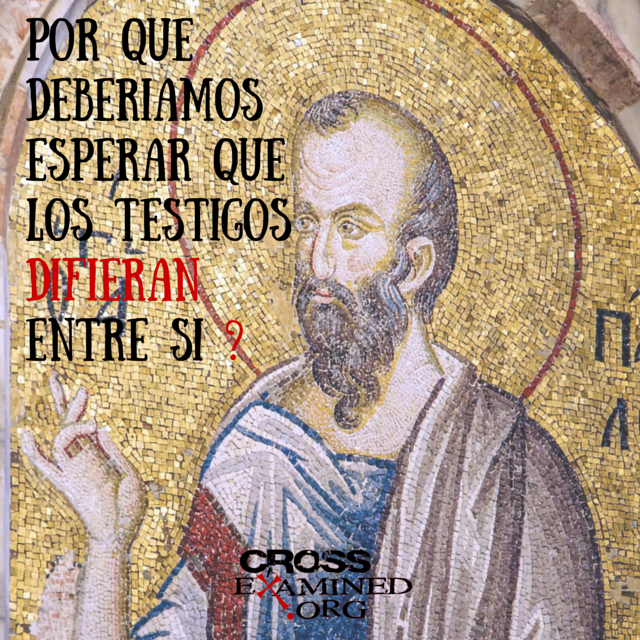By Tim Stratton
Sunday morning I awoke to horrific news on my Facebook feed: an Islamic terrorist brutally gunned down over fifty of our fellow human beings at a gay nightclub in Orlando, Florida. This broke my heart and made me extremely angry! I cannot imagine the sorrow, pain, and anguish the friends and family members of the deceased victims are currently experiencing. This was an objectively evil act – it was wrong!
As soon as I read the headlines and processed the fact that evil has once again reared its ugly head, I told my wife what was going to happen next. Like clockwork, people were going to insist that “religion is the problem,” or that “guns are the problem.” The statements made on social media over the past few hours have validated my prediction. In this article I will examine both of these statements and offer a third option that must be considered if we are to extinguish terror, hate, and evil.
“Religion is the Problem!”
Since 9-11, many atheists have pontificated, “Religion is what’s wrong in the world today.” They conclude that since Muslims were behind the terror attacks on September the 11th, 2001, and Islam is a religion, then religion is to blame for the terror in the world today. This attempt at an argument can be written in the following syllogism:
1- Islam is responsible for the 9-11 terror attacks.
2- Islam is a religion.
3- Therefore, religion is responsible for the 9-11 terror attacks.
This argument fails as it commits the logical fallacy of composition. This error involves an assumption that what is true about one part of something must be applied to all, or other parts of it. In this case, the atheist assumes that since one particular religion affirms terror, then all religions affirm terror.
If one were to allow this argument to pass, then we could jump to all kinds of crazy conclusions. For example, according to several reports I read following the terror attack in Orlando, the terrorist was a registered Democrat. If one allows the above argument to pass, then the following argument would suffice as well:
1- The terrorist responsible for murdering homosexuals in the gay nightclub was a registered Democrat.
2- Hillary Clinton and Barak Obama are Democrats.
3- Therefore, Hillary Clinton and Barak Obama are responsible for the murders of homosexuals in the gay nightclub.
Obviously this is ridiculous and such reasoning is incoherent. Reasonable people will reject such “conclusions.” Thus, a reasonable person will reject the so-called “conclusion” that, “religion is the problem with the world today.” This is explicitly demonstrated when surveying other religions and world views.
Take the religion of Christianity, for example. A necessary condition for one to be a legitimate Christian is that they desire, and strive, to follow the teachings of Jesus Christ. The teachings of Jesus are clearly contradictory to the teachings of Muhammad and Islam. Sure, the two religions share some overlapping beliefs: Christians and Muslims all agree, for example, that the universe began to exist and was caused and created by an enormously powerful Intelligent Designer, but they begin to part ways soon after. The final teachings from both of these religions are quite different with Muhammad commanding Muslims to kill all infidels (non-Muslims) in the Quran, and Jesus commanding his followers to love all people, from their neighbors (Mark 12:31) to their enemies (Matthew 5:44), in the Bible. Moreover, according to Islam, those in the LGB community are to be executed. According to Jesus, however, although homosexual acts go against God’s plan, the ones committing these homosexual acts are to be loved!
Let me repeat myself: According to the law of Christ found in the New Testament, homosexual acts are sinful, but homosexuals are to be LOVED! Click here for more!
“Guns are the Problem!”
Many others in America today see horrendous headlines of Islamic terror and immediately jump to the hasty conclusion that guns are the real problem. The error with this line of thinking is that it does not take into consideration all of the other means by which evil people can accomplish their evil plans. After all, the Nazis used poisonous gas to kill millions of Jews, the Ku Klux Klan used rope to hang African Americans, Timothy McVeigh used fertilizer to kill 168 people, and Islamic terrorists killed thousands of Americans on 9-11 without firing a single bullet.
If one thinks banning guns is going to stop hate crimes, then, to be consistent, they must also strive to ban all gas, rope, fertilizer, and airplanes too. This is obviously ridiculous as well, as the real problem does not lie within the tools that an evil man uses to accomplish his evil desires, but the desires of the evil man. If all guns, rope, fertilizer, and airplanes were banished from the face of the earth, these evil men would continue to find ways to accomplish their hateful plans. This is a much bigger problem.
Ideas are the Problem!
These evil desires typically stem from previously held ideas. The way one thinks directly leads to the way one acts, and the way one believes directly influences the way he behaves. You see, the problem is not all religions, all guns, all rope, all fertilizer, or all airplanes. The problem is ALLbeliefs, thoughts, and ideas that do not correspond to reality.
Ideas have consequences, and ideas that do not correspond to reality have painful consequences. These underlying ideas are referred to as one’s worldview. A worldview is a foundational set of beliefs that ultimately influence all other beliefs built upon this foundation.
Consider the worldview (or idea) of atheism. It is vitally important to understand what consistent atheism logically implies: If God does not exist, then there is nothing objectively good, bad, right, wrong, fair, or evil with anything! Watch this short video to understand exactly why this is true. It logically follows that if naturalistic atheism is true, then there is nothing really wrong with the Islamic terrorist shooting homosexuals at the gay nightclub in Orlando this past weekend. Moreover, if naturalistic atheism is true, this Muslim had no choice in the matter, as the laws of physics and chemistry forced this poor terrorist to believe and behave exactly as he did. It was simply not his fault.
To make matters worse for atheists, history is not on their side. This past century has provided evidence as to the consequences of following atheistic ideas, as the nations governed according to these ideals usually end in suffering and mass human slaughter. The atrocities committed in the name of atheism by Stalin, Pol Pot, Mao, and arguably Hitler being influenced by naturalism’s “survival of the fittest,” has caused devastating collisions with the reality of morality; human suffering and death followed on a massive scale.
If naturalistic atheism were true, then there would be nothing really wrong, bad, or evil with any action and there would be no ability to make moral choices. Couple that with the historical fact that communistic governments officially adopting atheism (or being influenced by it) make all murders under the umbrella of “religion” pale in comparison. Why would anyone want to hold to an incoherent worldview like atheism over the ideas of Jesus teaching all people to love all people? Can you imagine a world where everyone loves everyone? That sounds like heaven to me — maybe Jesus was on to something!
So, if you are keeping score, here is a quick recap: In regards to the terrorist attacks at the gay nightclub in Orlando, Florida this past weekend, here is what each worldview affirms; or rather, here are the consequences that follow from each set of ideas:
1- Consistent Islam: this attack was GOOD as Muhammad’s final commands were to kill the infidels (Take five minutes to understand by clicking here).
2- Consistent Atheism: there was NOTHING objectively WRONG with these attacks. In fact, on naturalistic atheism it is unavoidable. Terrorists are therefore not responsible for their actions.
3- Consistent Christianity: this attack was objectively WRONG and EVIL! According to the law of Christ, all humans are commanded to love all humans (even the ones we disagree with). According to Jesus, we are to love everyone from our neighbors to our enemies. Thus, one who consistently follows the teachings of Jesus will demonstrate love to all people (even the ones he disagrees with)!
Is there a best choice option? Yes there is. The one supported by all of the evidence and the same one commanding us to love!
Bottom line: If you agree that these Islamic terror attacks against homosexuals at the gay nightclub were objectively wrong and evil, then, to be logically consistent, you must reject atheism, Islam, or any other view that disagrees with the teachings of Jesus Christ. If you think terror and persecution against the homosexual community is objectively wrong, then you ought to be a Christ follower!
Stay reasonable (Philippians 4:5) and love one another (John 13:34-35),
Tim Stratton
Notes
To learn more about Islamic terror and Jihad, begin by reading this article by Timothy Fox reviewing the book of the former Muslim, Nabeel Qureshi, Answering Jihad: A Better Way Forward.
Original article: http://freethinkingministries.com/islamic-terror-homosexuality-the-consequences-of-ideas/


